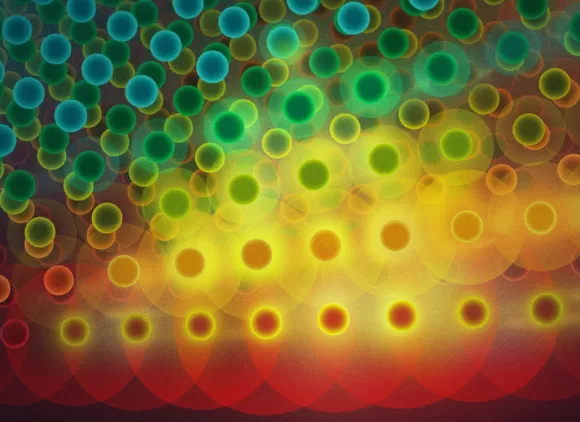About this event
Please note: there will be an NSF Live Stream Webcast for this event.
(Visitors: Please contact Carlos A. Murillo cmurillo@nsf.gov in advance to arrange for a visitor pass. Also, please consult the "Visit NSF" information page prior to your visit.)
ABSTRACT
Nearly half a century ago a forbidden reaction according to orbital symmetry rules was serendipitously discovered. In this process, two olefins (compounds with a carbon–carbon double bond) were converted into two new olefins in the presence of catalysts prepared from tungsten, molybdenum, or rhenium oxides supported on silica or alumina. This reaction known as metathesis is used in multimillion industrial processes in the petrochemical and pharmaceutical industries and for high-strength materials.
On paper the carbon-carbon double bonds (C=C) in the original olefins appeared to be cleaved and the halves recombined to give the new olefins. An analogous reaction for carbon-carbon triple bonds was discovered some years later. Several decades were required to unravel the related mechanisms for these olefin and acetylene metathesis reactions. This was done largely through the synthesis of new types of organometallic compounds and the synthesis and study of homogeneous catalysts for each reaction. Today a wide variety of reactions that cannot be achieved catalytically with traditional organic chemistry are based on carbon–carbon double or (to a lesser extent) triple bond metathesis reactions.
In this lecture Prof Schrock will discuss the important role that NSF played in the work that led to the 2005 Nobel Prize in Chemistry awarded to him, Yves Chauvin and Robert Grubbs for the elucidation of the mechanism in how this change-your-partners dance takes place and will show how many recalcitrant problems have since then been solved and research continues to attack those that remain in this ever-expanding field of organometallic/organic catalytic chemistry.
Note: The speaker will be introduced by NSF’s Chief Operating Officer Dr Fleming Crim
BIOGRAPHICAL INFORMATION
He was born in the humble Indiana farming community of Berne where his carpenter father owned a woodworking shop. Prof Schrock got hooked into chemistry when his older brother gave him a chemistry set for his eighth birthday. After his family moved to California, he chose to go to UC Riverside bypassing an offer from Berkeley. After obtaining a BS, he went to Harvard for his graduate studies. These were some crazy days and so he decided to take a break to travel in Europe on a $5-a-day budget. He then returned and finished his PhD. With an NSF-sponsored postdoctoral fellowship he went to Cambridge University to work with Jack (The Lord) Lewis. Back in the US, he accepted a position at the DuPont Central Research Laboratory. Finally, he was convinced to move to MIT in 1975 where he is now a full professor. In 2005, he was awarded the Nobel Prize in Chemistry, a prize shared with Yves Chauvin and Robert Grubbs “for the development of the metathesis method in organic synthesis.” The title of the Nobel lecture was “Metal-carbon bonds for catalytic metathesis reactions”
In addition to the Nobel prize, Prof Schrock has received numerous awards including the ACS Award in Organometallic Chemistry (1985), ACS Award in Inorganic Chemistry (1996), Sir Geoffrey Wilkinson Lecturer and Medalist (2002), F. Albert Cotton Award in Synthetic Inorganic Chemistry (2006). He is also a foreign member of Royal Society and has been a member of the US Academy of Sciences since 1992.
His research is focused in (1) synthesis and mechanisms of alkylidyne complexes, (2) olefin metathesis in organic chemistry and (3) olefin metathesis in polymer chemistry. His research group is getting smaller but, in his words, he continues to unlock nature’s secrets, which he considers an enormously satisfying profession.

